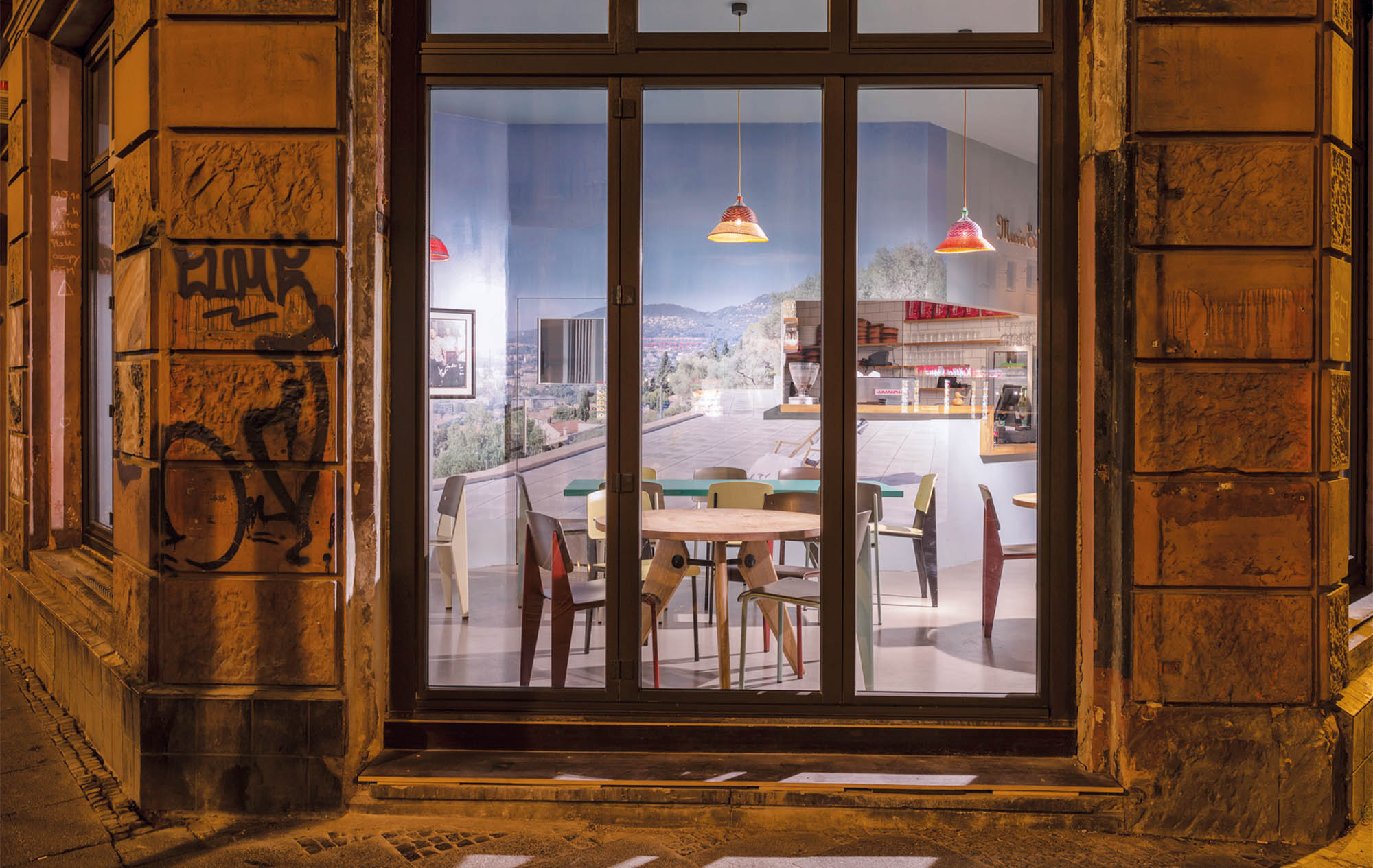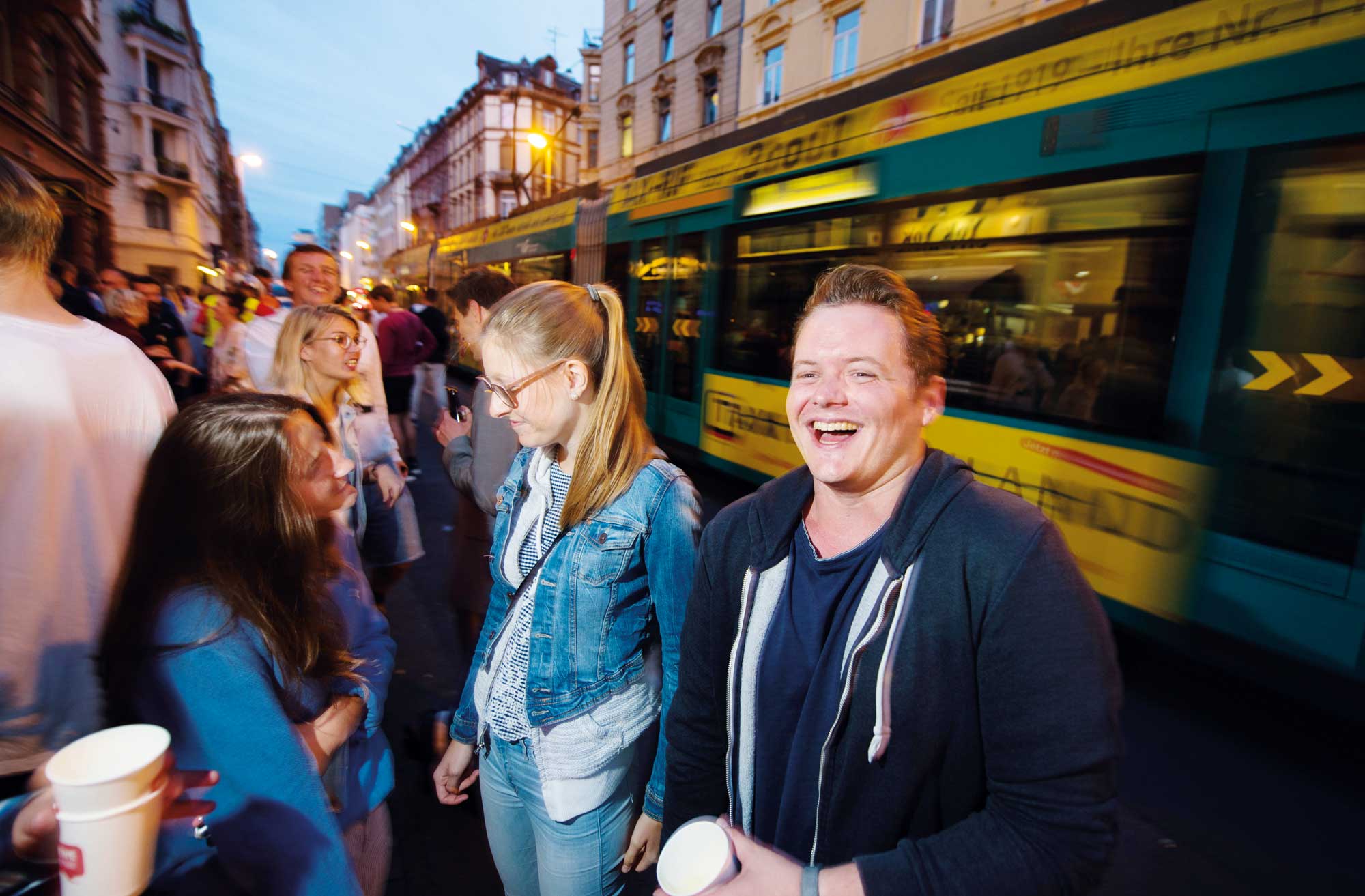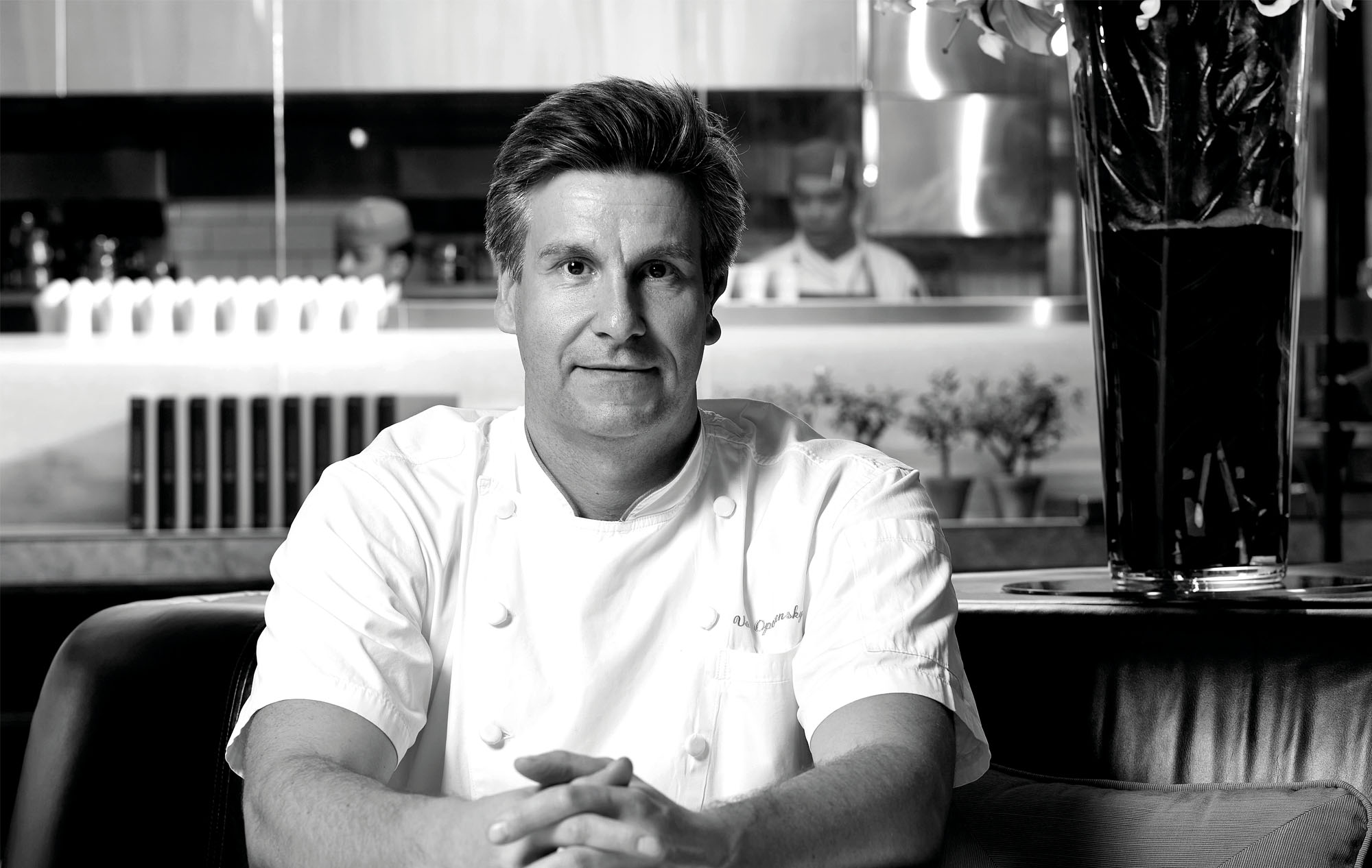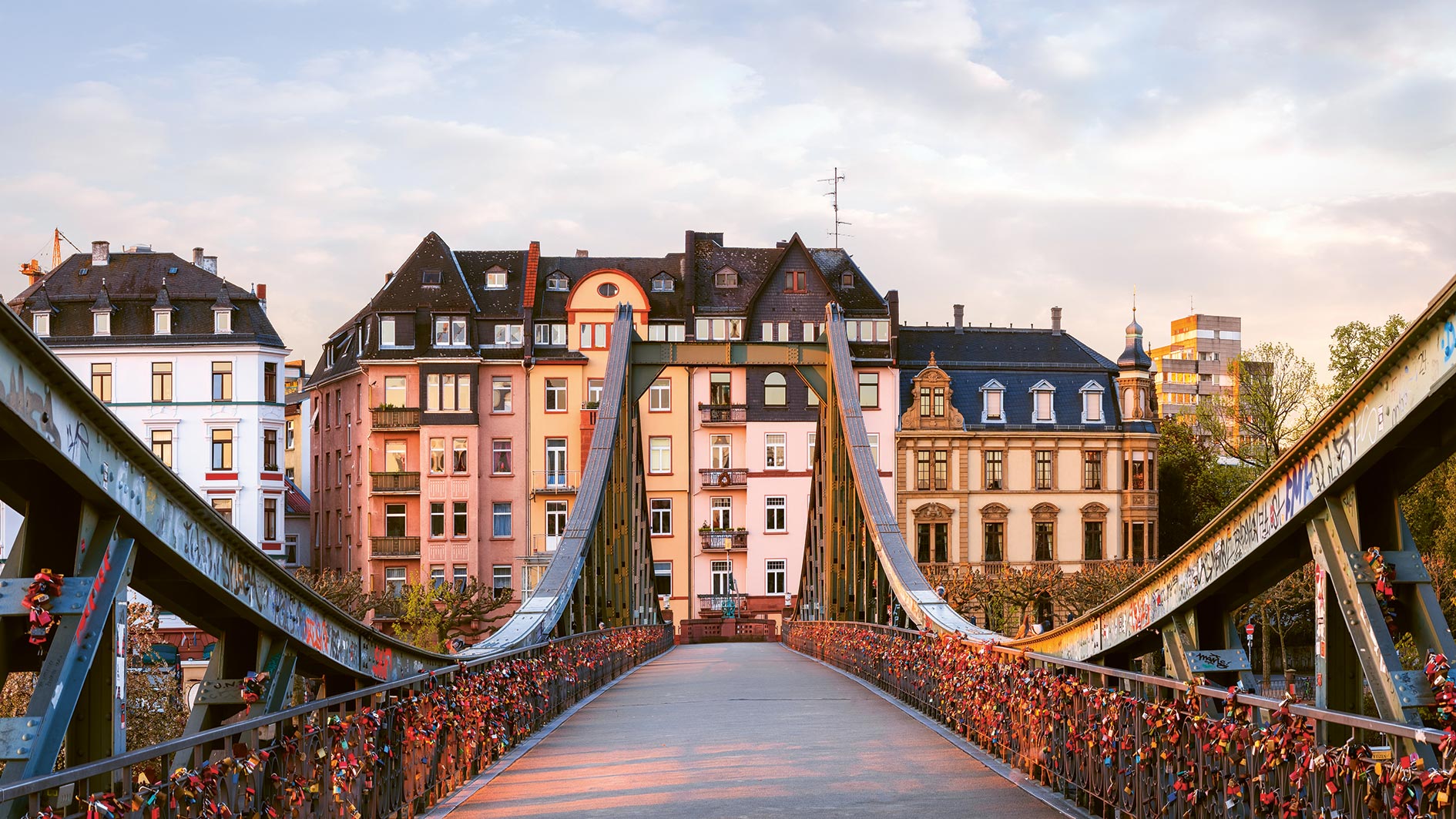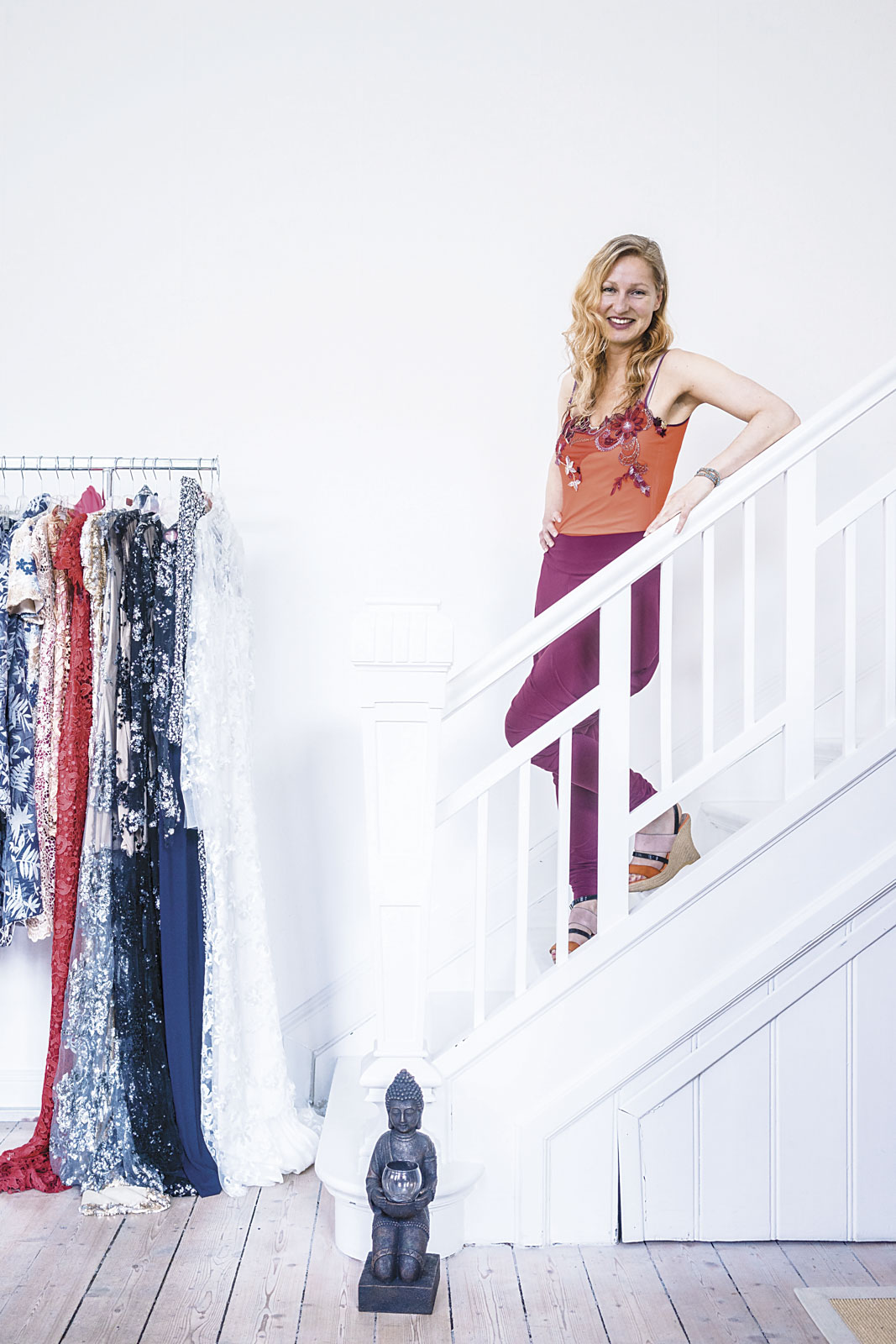Say the words ‘Silk Road’, and what images and sensations do they conjure up? Heat, dust, mountains, colour, remoteness? Perhaps – definitely – not a place like Düsseldorf: a small German city of quiet, well-regulated streets and parks, where the river Rhine flows calmly through tidy suburbs, elegant Baroque churches and civic buildings.
Yet this is the new Silk Road: the far western end, as located on the maps of the new One Belt, One Road system devised by China’s president, Xi Jinping, and his economic strategists. In 2014 Xi visited Düsseldorf and the nearby port of Duisburg. The ostensible purpose was to celebrate the completion of a continuous rail link from the central Chinese city of Chongqing to here in Northern Westphalia: one belt, one road and over 8,000 kilometres of land from the landlocked plains of the Yangtze to the biting winds of the North Sea.
Xi also took the opportunity to open a consulate in Düsseldorf. The ceremony only confirmed what corporate and political chiefs from Shenzhen to Schengen have known for years: Düsseldorf and its surrounding area is the heart of Asia’s presence in Europe.
Not Paris, not London? That’s right. London’s Telegraph described Düsseldorf as Britain’s ‘biggest threat’ in the race for Chinese investment.
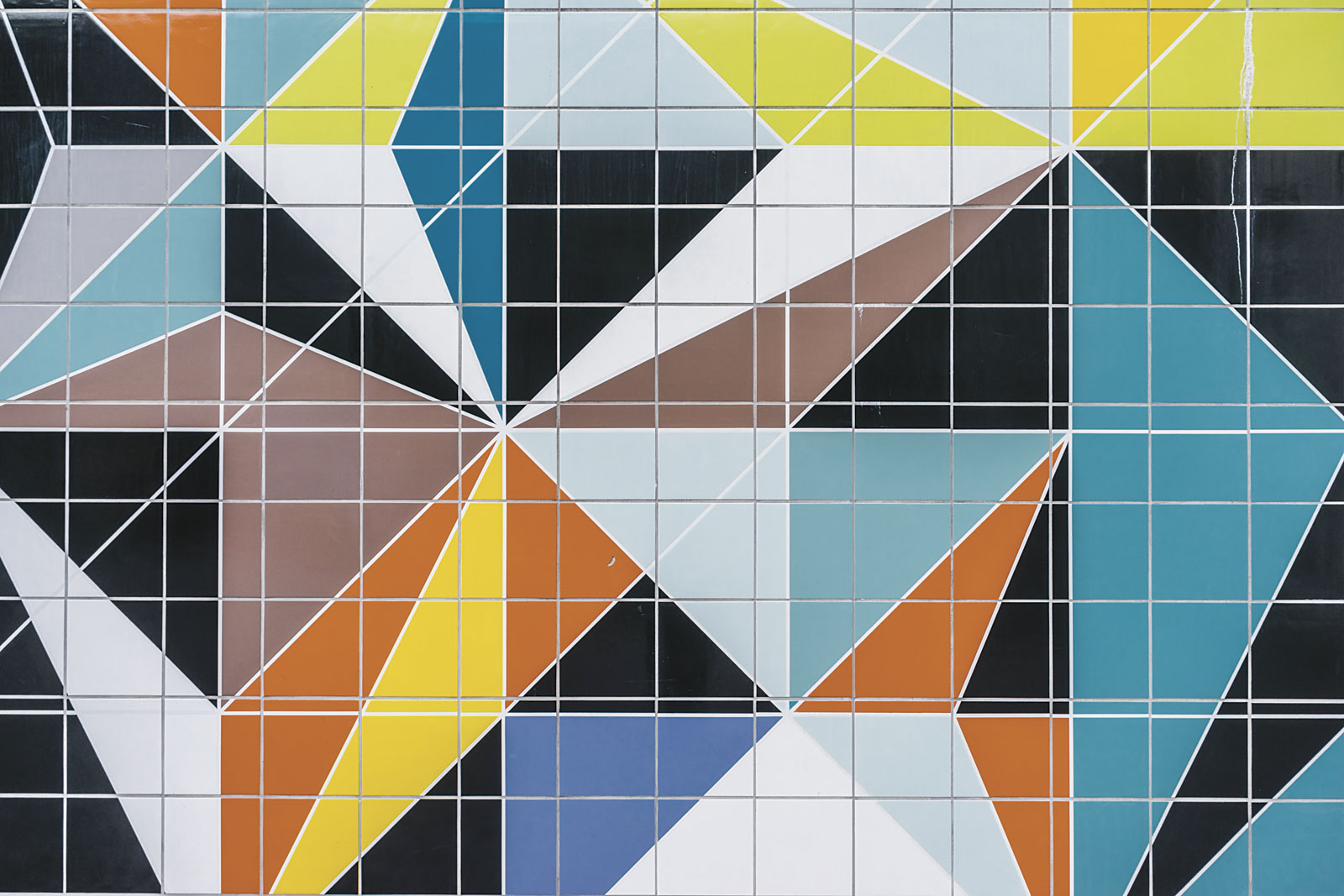

There are statistics and there’s a story. Let’s briefly look at the first. Düsseldorf has a long – 60-years’ – tradition of attracting Japanese companies. The 11,000 Japanese nationals form the most prominent corporate citizens in a business community whose diversity is unequalled anywhere (5,000 overseas companies from 139 countries). Roughly a sixth of the city’s nearly 600,000 inhabitants are non-German.
But this small city – only Germany’s seventh largest – is also in the middle of Europe’s most densely populated area, the flat river lands and coastal strips that cover the Netherlands, Belgium, western Germany and northern France. Some 14 million call this region home. In a Europe increasingly vexed by the issues of immigration and diversity, internationalism comes as easily to the people of this region as the four or five languages almost everyone speaks. It’s no coincidence that two of Europe’s landmark treaties were signed in its towns, Schengen and Maastricht. One was a treaty designed to ease the passage of people between countries; the other to integrate Europe.
Düsseldorf is this region’s unofficial capital. And China, of course, is more than welcome. There are 400 Chinese companies, 2,800 Chinese nationals and one very thriving China Centre in the city.
But the story is not just a narrative of dedicated technocrats successfully attracting inward investment. That might lead you to have a meeting in Düsseldorf – but it wouldn’t make you crave a long weekend there. So what would? Düsseldorf is not hip. There aren’t buzzy post-industrial districts packed with artisan coffee gurus and vegan craft brewers. There is probably a tenth of the number of tattoos and bushy beards on show compared with London’s Shoreditch or Berlin’s Neukölln. And yet this quiet, businesslike Rhineland town is arguably one of the three or four most radical and creative – dare we say, innovative – places in Europe.
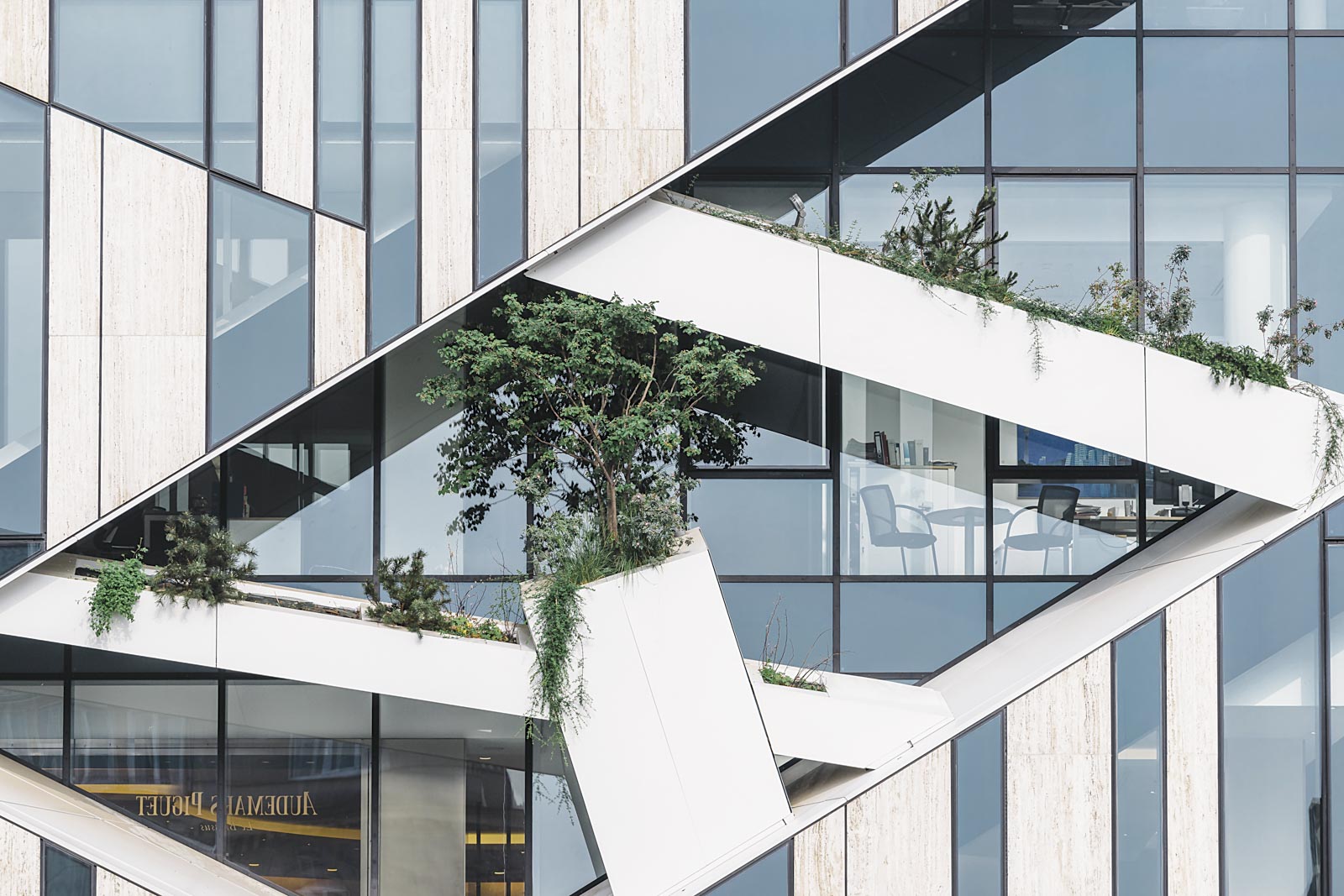
At the heart of that reputation is an elegant, if slightly stern, 18th-century building that houses the Kunstakademie art school. The academy also housed some of the 20th century’s freest, most restless artistic spirits: Paul Klee, Gerhard Richter, Sigmar Polke and the city’s presiding genius, Joseph Beuys, whose dismissal from the school in 1972 became a great cause celèbre.
In the early 1970s a group of young Düsseldorf musicians were influenced by their friends at the school. They began experimenting with electronics, visually and aurally. They named themselves Kraftwerk and changed modern music forever.
Düsseldorf’s thriving creative and electronic industries carry on the legacy of the city’s modernist revolution in art and music. For a period in the 1980s, Düsseldorf branded itself Fashion Town. Some of the designers headed 600 kilometres east to Berlin when the wall, and European communism, fell. The slogan was dropped, but the substantial businesses remained.
The discreetness and connectedness of the town suits designers like Ruth Heinen of the Rita Lagune label. She gets to run a light, airy atelier in Pempelfort, just north of the old town. None of her favourite cocktail bars are more than a 15-minute taxi ride away. She can also check out what’s happening in ‘the Ko’, or the Königsallee, a strand of upscale shops that attract Düsseldorf’s big spending Asian and Russian residents and visitors. And a few Düsseldorfers, too. But this is not a town that’s comfortable boasting or flashing its hard-earned bucks.


The most successful home-grown business of recent years is the hotel search company Trivago. We spoke to Malte Siewert, one of the founders, in his boardroom. Siewert, who commutes to work along the towpath on his bike, shifts uneasily when we ask him to sing the praises of his hometown. ‘It’s very compact,’ he admits, eventually.
Trivago’s multinational employees have their own nations’ flags – 63 of them – above their desks. But Trivago is a place beyond nationality, and that’s why Düsseldorf suits it perfectly.
But now they have decided to shift. For a company that’s all about travel, they’re not going far, just a couple of kilometres downriver. The six-storey, 22,000-square-metre Trivago campus, due to open in 2018, looks, suitably enough, more like a five-star boutique hotel than an office.
It is, as the company’s YouTube video says, ‘pretty rad’ – a description that fits this seemingly conservative Rhineland town perfectly.





